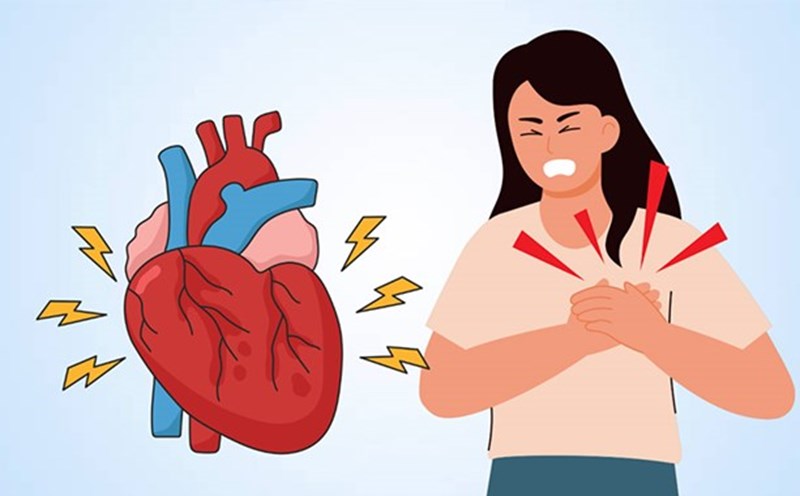In a stressful modern life, cardiovascular diseases are becoming more common and dangerous than ever. However, many people still confuse a heart attack and cardiac arrest, even though these are two completely different conditions and require separate emergency treatment.
According to Dr. Rajeev Vashisth, a cardiovascular and thoracic surgeon at HCG Hospital, Bhavnagar (India), distinguishing between these two conditions can determine the patient's survival, especially in the "golden hour", about the first 60 minutes after symptoms appear.
Heart attack
A heart attack (ary heart attack) occurs when one or more coronary arteries are blocked, causing the heart muscle to not be provided with enough oxygenated blood.
Common symptoms include pain or chest tightness spreading to the arms, shoulders, neck, shortness of breath, nausea, fatigue or cold sweat.
"The signs can come slowly or suddenly, but the common point is that patients need medical intervention as soon as possible," Dr. Vashisth emphasized.
Treatment during this period can include thrombopressors, coronary artery branch, or stent placement.
Stop your heart
Meanwhile, cardiac arrest is a condition in which the heart suddenly stops working, leading to blood not being pumped to the body. This condition causes the brain and organs to lack oxygen, causing the patient to lose consciousness, stop breathing and die within a few minutes if not given timely emergency care.
If the patient is not given a cardiopulmonary resuscitation (CPR) or uses an immediate heart reducer (AED), the patient can die in just a few minutes.
Dr. Vashisth notes: "Unlike a heart attack with warning signs, cardiac arrest occurs like a lightningning strike. A quick response is the only thing that can save lives."
In these situations, people around need to call an ambulance, start applying cardiopulmonary regulation immediately and use AED if available.
Understanding the nature, symptoms and response to these two dangerous conditions is important knowledge that anyone should be familiar with. Because sometimes, it is that understanding that can save a life.











